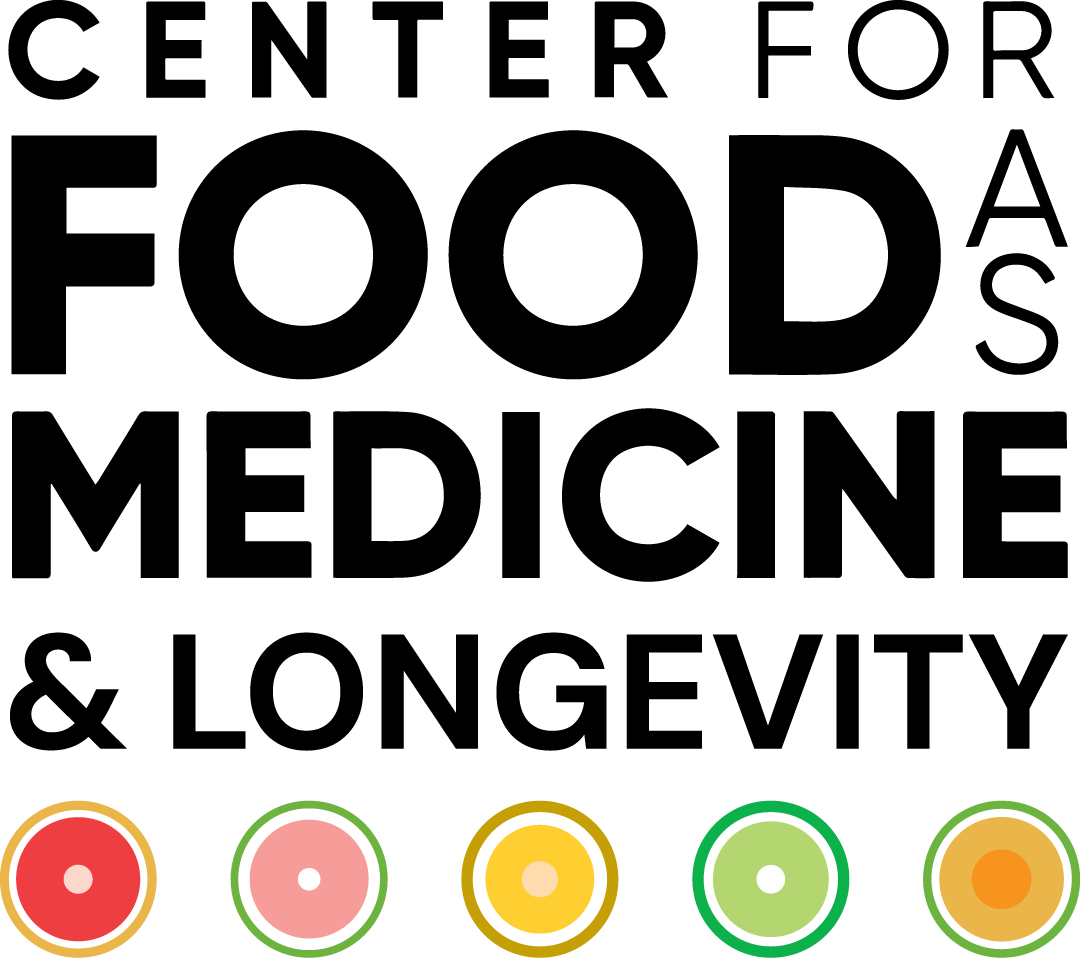The subject of chrononutrition has been covered in several previous columns, e.g., here and here. The very existence of time-dependent effects, i.e., health outcomes impacted by the timing of the foods we eat, independent of the types of foods we eat, argues for the incompleteness of the current model, which focuses nearly exclusively upon macro and micronutrients.
Adding to the existing literature, a recent study conducted a three-month dietary intervention in obese patients. Beyond just weight loss, this study examined the effects of different dietary approaches on other healthcare indices, in this case, 24-hour ambulatory blood pressure. The rationale for this index is the fact that obesity is a major risk factor for the development of hypertension. The study examined five different diets with differing ketogenic potential. All the diets involved calorie restriction.
- The study was conducted in a single center located in Spain, with 96 participants suffering from hypertension and obesity, defined as a body mass index of more than 30kg/m2 but not more than 45kg/m2.
- Participants were randomly assigned to one of five weight-loss diets with varying ketogenic potential.
- The blood pressure was recorded over 24 hours using ambulatory blood pressure monitoring.
- The participants were aged 18 to 65, and this group was a subgroup analysis as part of a larger randomized controlled trial.
- All patients were randomly assigned to one of five intervention groups with an energy deficit of 600 kcal/d for 3 months:
- Early time-restricted eating: an eating window between 8 AM and 4 PM
- Evening time-restricted eating: an eating window between 2 PM and 10 PM
- Modified alternate-day fasting alternating between a 24-hour normal-calorie diet and a modified 24-hour fast
- Ketogenic diet: a very low-carbohydrate and high-fat diet
- Control group: a standard Mediterranean diet.
- All patients received dietary counselling from experts, received tailored guidance on general physical fitness, and were encouraged to stay physically active throughout the day with the aim of achieving 10,000 steps daily.
- Assessments at 3 months of intervention included 24-hour ambulatory blood pressure monitoring along with various parameters such as weight, BMI, and body composition.
The Caveat:
All five diets led to significant reductions in weight, waist circumference, BMI, and fat mass at 3 months. This is a significant finding in and of itself, suggesting that, in terms of weight loss, choosing a regimen that works best for you can lead to successful outcomes. Regardless of whether you chose a Mediterranean, ketogenic, or time-restricted eating approach, including intermittent fasting, all were successful in achieving a weight reduction goal. From a population perspective, reducing weight reduces the prevalence of hypertension. In the United States, hypertension is found in about 44% of obese individuals, 28% of overweight individuals, and only 15% of ideal weight individuals. Generally speaking, the greater the weight loss, the greater the impact on hypertension.
This is one reason that ketogenic diets are popular, because they are associated with significant weight loss within a reasonable time period. Not unexpectedly, the group that was associated with the highest production of ketones was the ketogenic diet. The Mediterranean approach generated the least amount of ketone bodies. The time-restricted eating approaches fell in between. All the diets achieved a 9 to 10% reduction in weight, accompanied by a reduction in fat mass, over the course of three months.
What was interesting was that the most significant reduction in hypertension was demonstrated by the intermittent fasting group (Modified alternate-day fasting alternating between a 24-hour normal-calorie diet and a modified 24-hour fast). Previous studies had found no difference between intermittent fasting and an approach of continuous energy restriction in terms of the effect on blood pressure.
Conversely, in this study, patients assigned to modified alternate-day fasting showed the greatest reduction in 24-hour mean blood pressure with an over eight mmHg reduction (-8.14 mmHg). This group was followed by those assigned to evening time-restricted eating (-3.80 mm Hg), with no significant changes seen in the other groups (between-group P = .026).
This finding, in conjunction with other studies of chrononutrition, suggests that pairing interventions, such as when we eat in phase with things like our circadian rhythm, could add significant additional benefit with minimal cost. While the exact causal mechanisms are unknown and likely involve multisystem interaction, e.g., involving neural and immune input and modulation, strategies that employ variables like when we eat can add substantial health value to implementable protocols and substantially increase the ROI for participants. It is critical to note that all the participants in all the different arms of the study were calorically matched.
This study reemphasizes the point, specifically because the differences between the diets cannot be explained simply by caloric intake, changes in body weight, changes in body composition, or ketone production, that our individual food-health relationship is more complicated than simply calories in and calories out, and more complex than just a list of ingredients consumed.
Additional references:
Mancia G, Kreutz R, Brunström M, et al. 2023 ESH Guidelines for the management 17 of arterial hypertension The Task Force for the management of arterial hypertension of the 18 European Society of Hypertension: Endorsed by the International Society of Hypertension 19 (ISH) and the European Renal Association (ERA). J Hypertens 2023; 41: 1874–2071.
McCarthy CG, Chakraborty S, Singh G, et al. Ketone body β-hydroxybutyrate is an 43 autophagy-dependent vasodilator. JCI Insight 2021; 6: e149037.
Mohammed Nawi A, Mohammad Z, Jetly K, et al. The Prevalence and Risk Factors 2 of Hypertension among the Urban Population in Southeast Asian Countries: A Systematic 3 Review and Meta-Analysis. Int J Hypertens 2021; 2021: 6657003.
Varady KA, Bhutani S, Klempel MC, et al. Alternate day fasting for weight loss in 45 normal weight and overweight subjects: a randomized controlled trial. Nutr J 2013; 12: 46 146.

